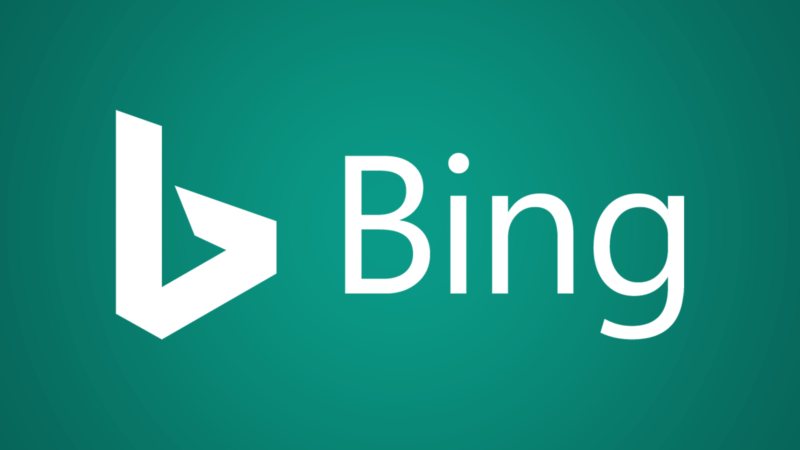
Advertisers in the US and UK can now run Dynamic Search Ads (DSA) in the Bing Ads platform. DSA support is available in the platform’s online interface today, and it will roll out to Bing Ads Editor throughout October.
How DSA works
DSA is an automated way of allowing Bing to serve ads to searchers without an advertiser having to specify certain keywords or landing pages to target. Bing’s organic crawling algorithm assesses content and then matches it to user queries based on what it perceives to be relevant to the searcher, driving them to the relevant URL.
This process is further automated by Bing dynamically generating the ad headline the searcher sees. When possible, it will include copy to address any real-time signals that might be useful, such as intent or location.
DSA is frequently helpful to search marketers due to its ability to find new search terms automatically that may be worthwhile to add to the account. It can also be particularly beneficial in situations like an e-commerce site with hundreds of SKUs or model numbers, saving advertisers from having to bid on every single instance of a model or product ID.
How to set up a DSA campaign
Pre-existing DSA campaigns in AdWords can be imported directly to save time. Setting up new ones takes just a few steps.
As with other new campaigns, a budget and name are specified, with an additional field for the website that traffic will be driven to:

Next, an advertiser specifies what sections of the website should be crawled. Advertisers can choose to have the whole site crawled, just specific pages, or specific categories of web pages. (Note: Category options are continually being updated, so accounts may have limited or no options yet.)

Advertisers can specify multiple ad targets using these options and set default bids separately as appropriate for their goals. In this example, an advertiser has opted to use the default $1.00 bid that’s set at the ad group level, with separate bids for URLs containing “clearance” and another for instances where the page title includes “special packages.”

Finally, advertisers enter the body of the ad text. The headline will be dynamically generated by Bing Ads based on the query and target URL content:

Advertisers can also specify the path fields, or one can potentially be generated by Bing:

Dynamic ads also support the inclusion of ad extensions, which can be manually added by the advertiser.
Some opinions expressed in this article may be those of a guest author and not necessarily Search Engine Land. Staff authors are listed here.

